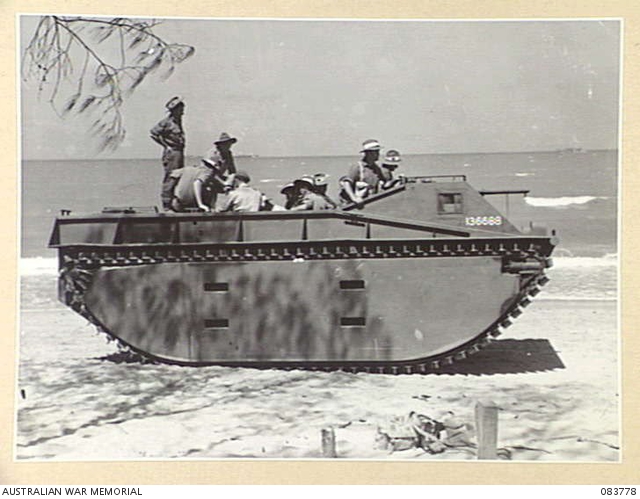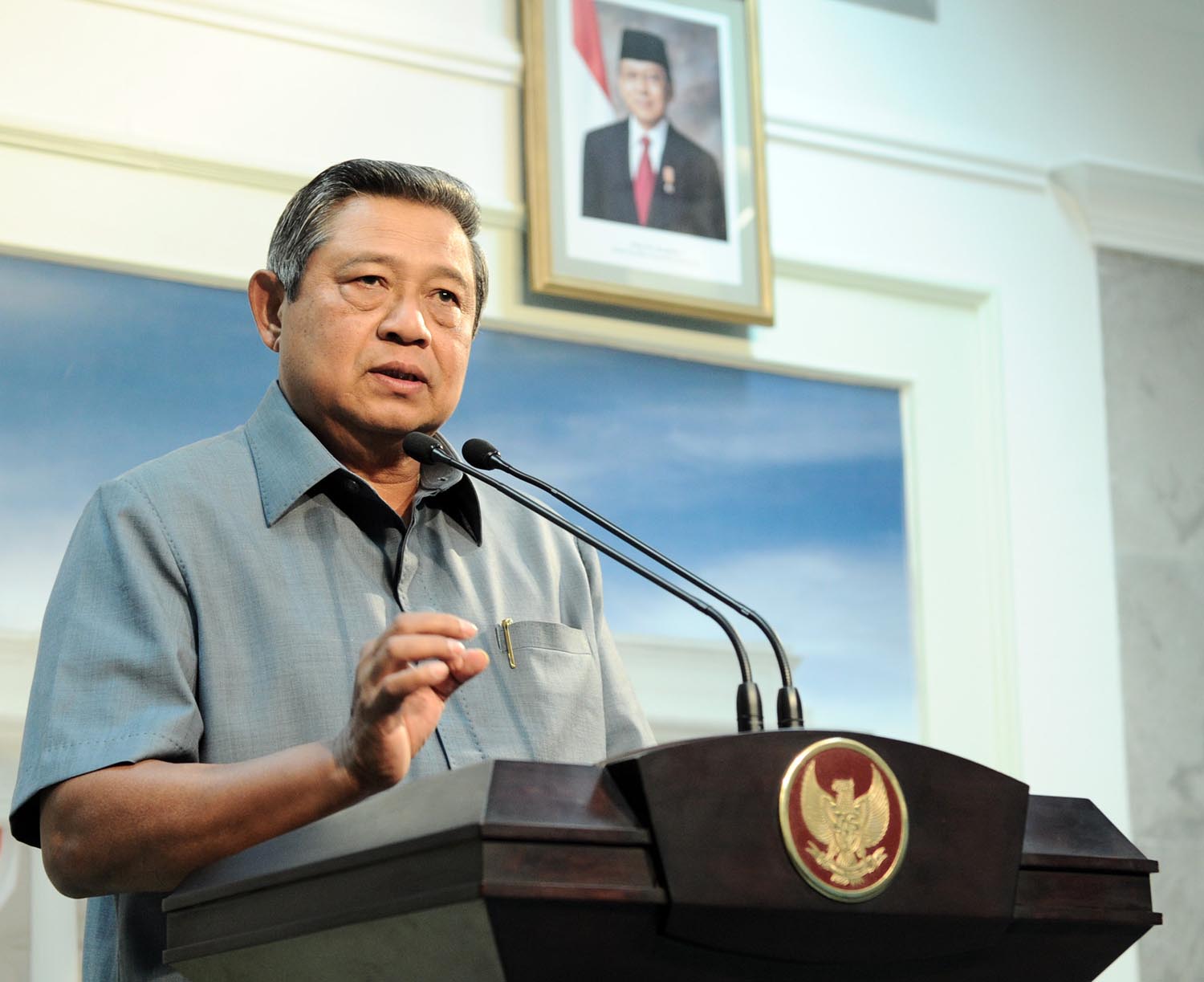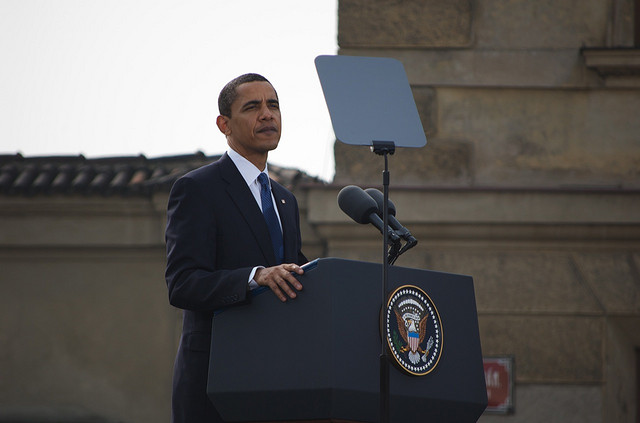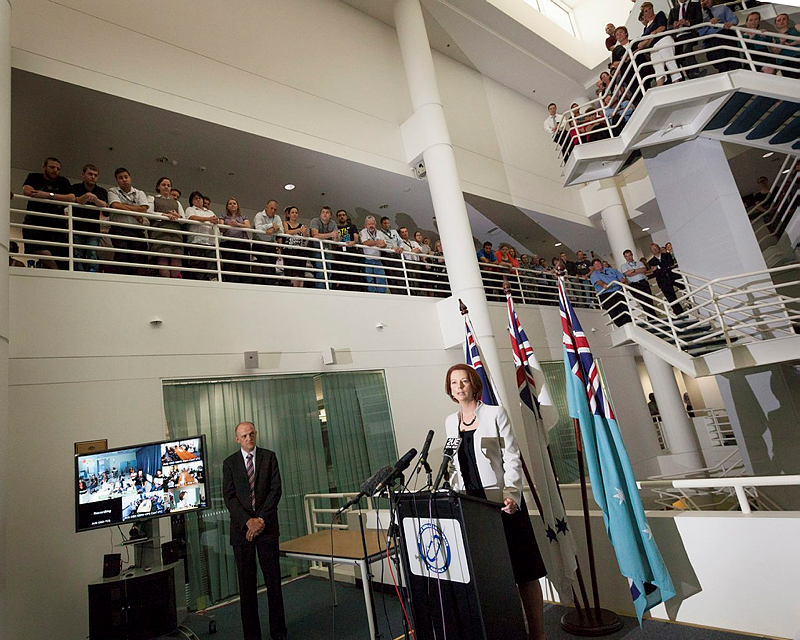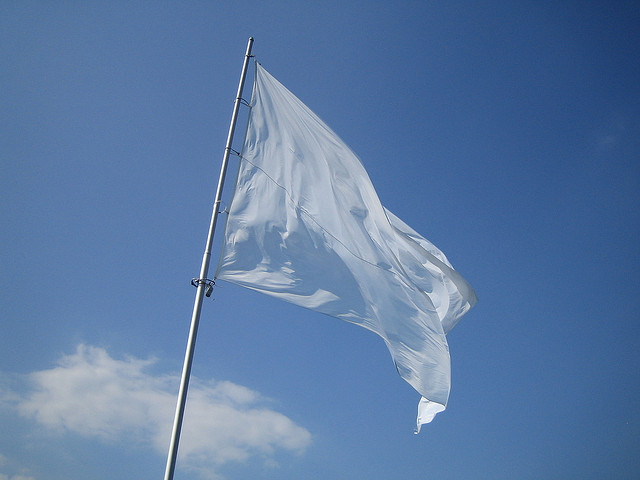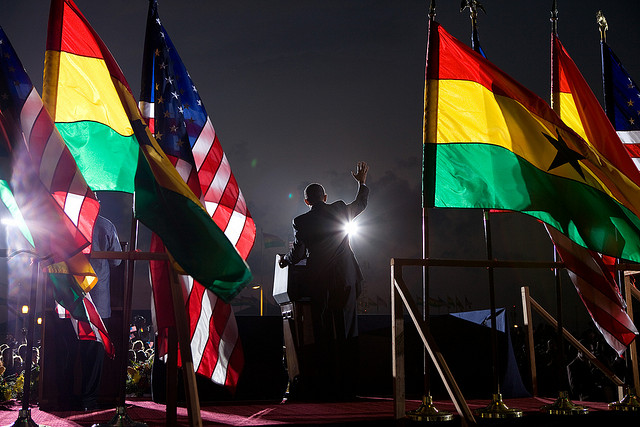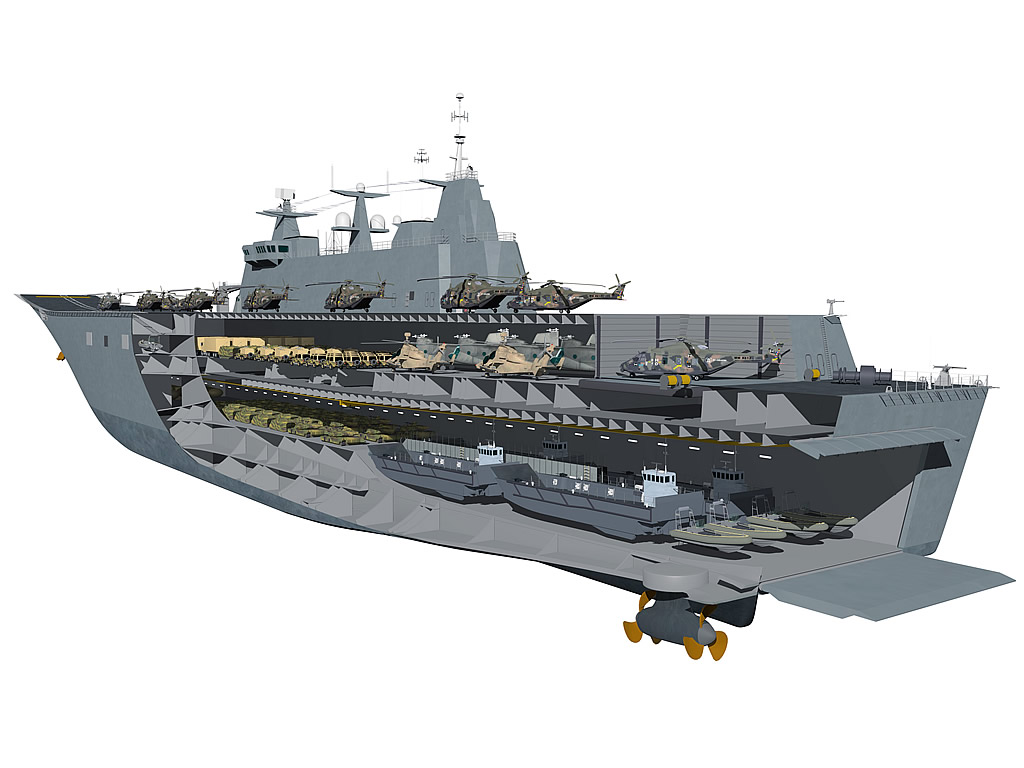ASPI suggests
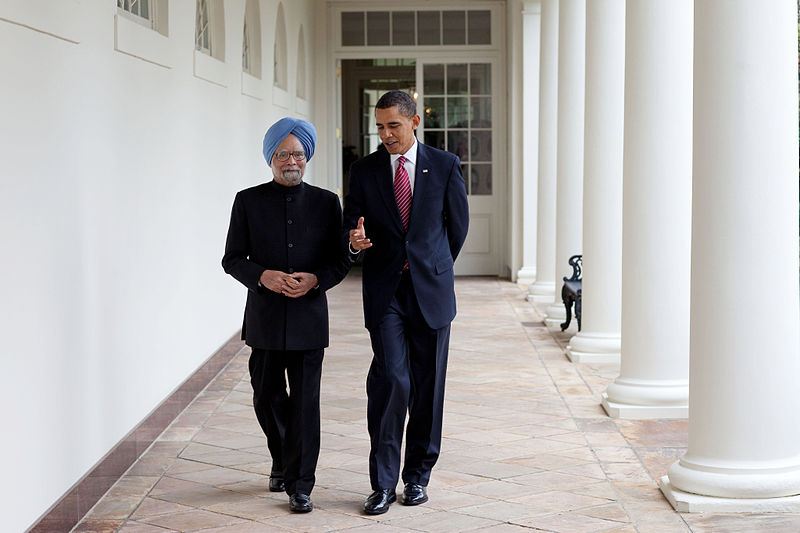 Welcome back for another round of new reports, developments in regional and international security and upcoming events.
Welcome back for another round of new reports, developments in regional and international security and upcoming events.
First for today is a new report by the Center for a New American Security that studies the growing bilateral network of security ties between six Asia-Pacific countries: Australia, India, Japan, Singapore, South Korea and Vietnam. In the report, they authors systematically identify increased security cooperation activities and provide policy recommendations for the US.
In other news, the US is now signalling both Iran and Israel that all options are still on the table with the successful testing of missiles capable of destroying Iran’s underground nuclear facilities. For background material on the program, including predecessors going back to WWII’s Grand Slam weapon (video), see here. Read more

